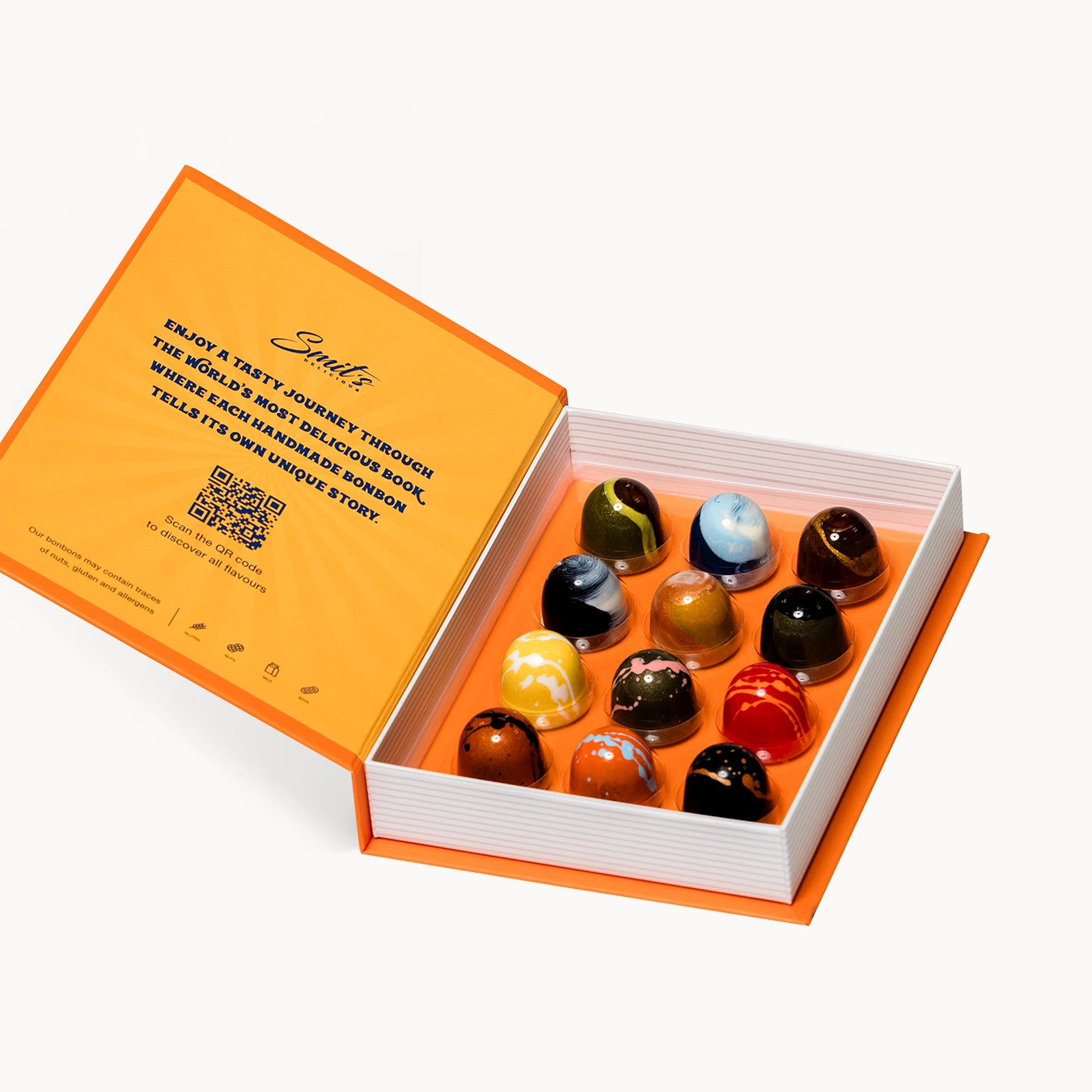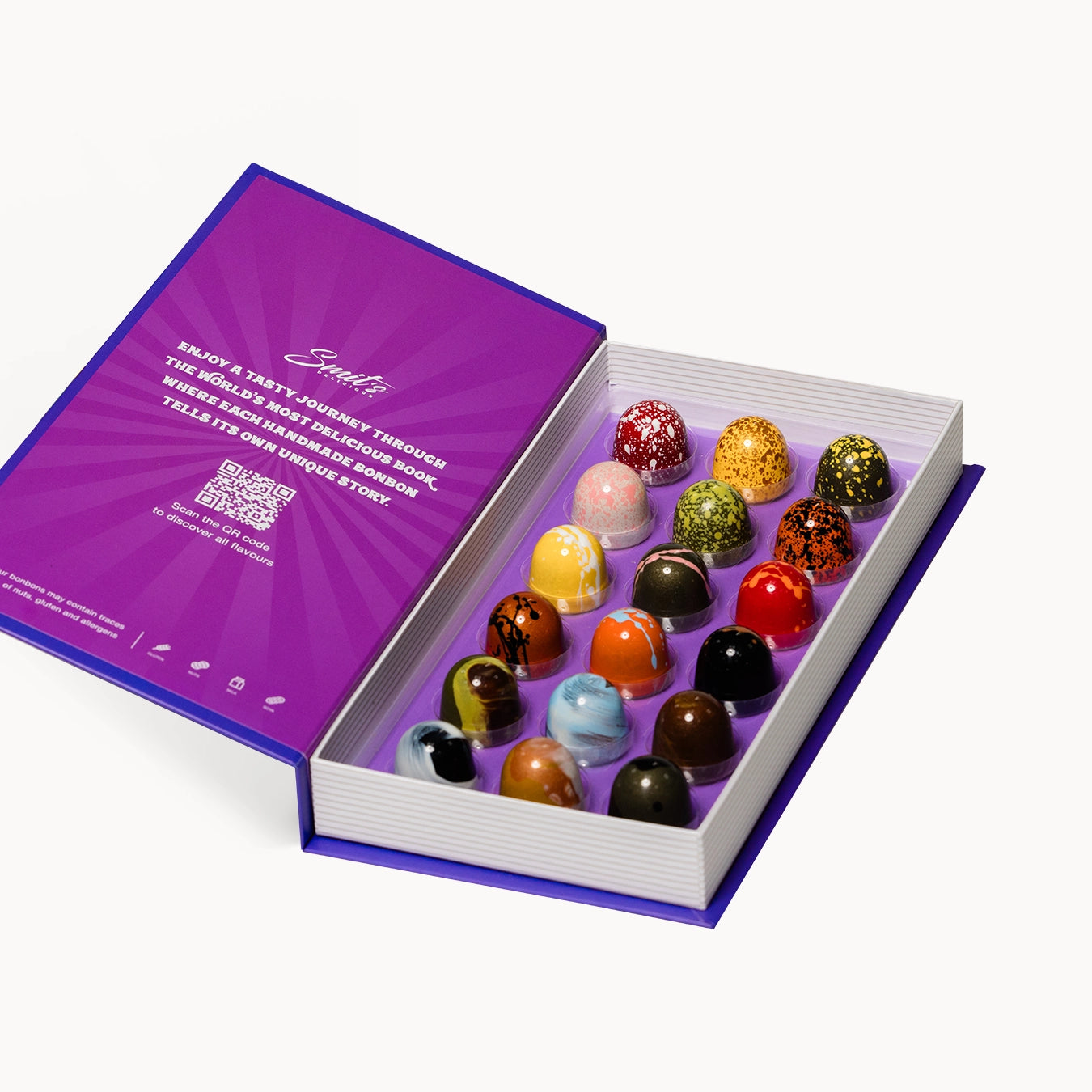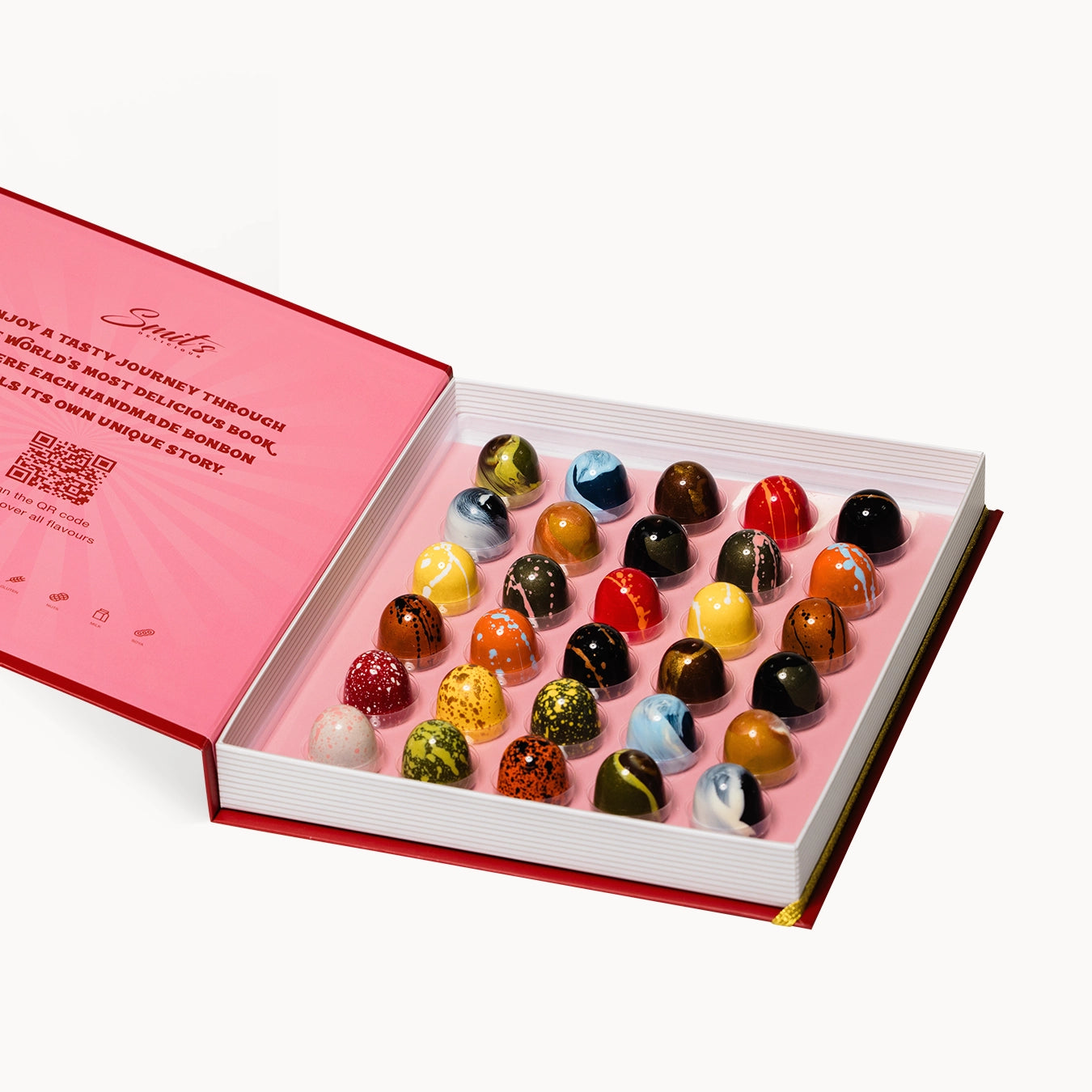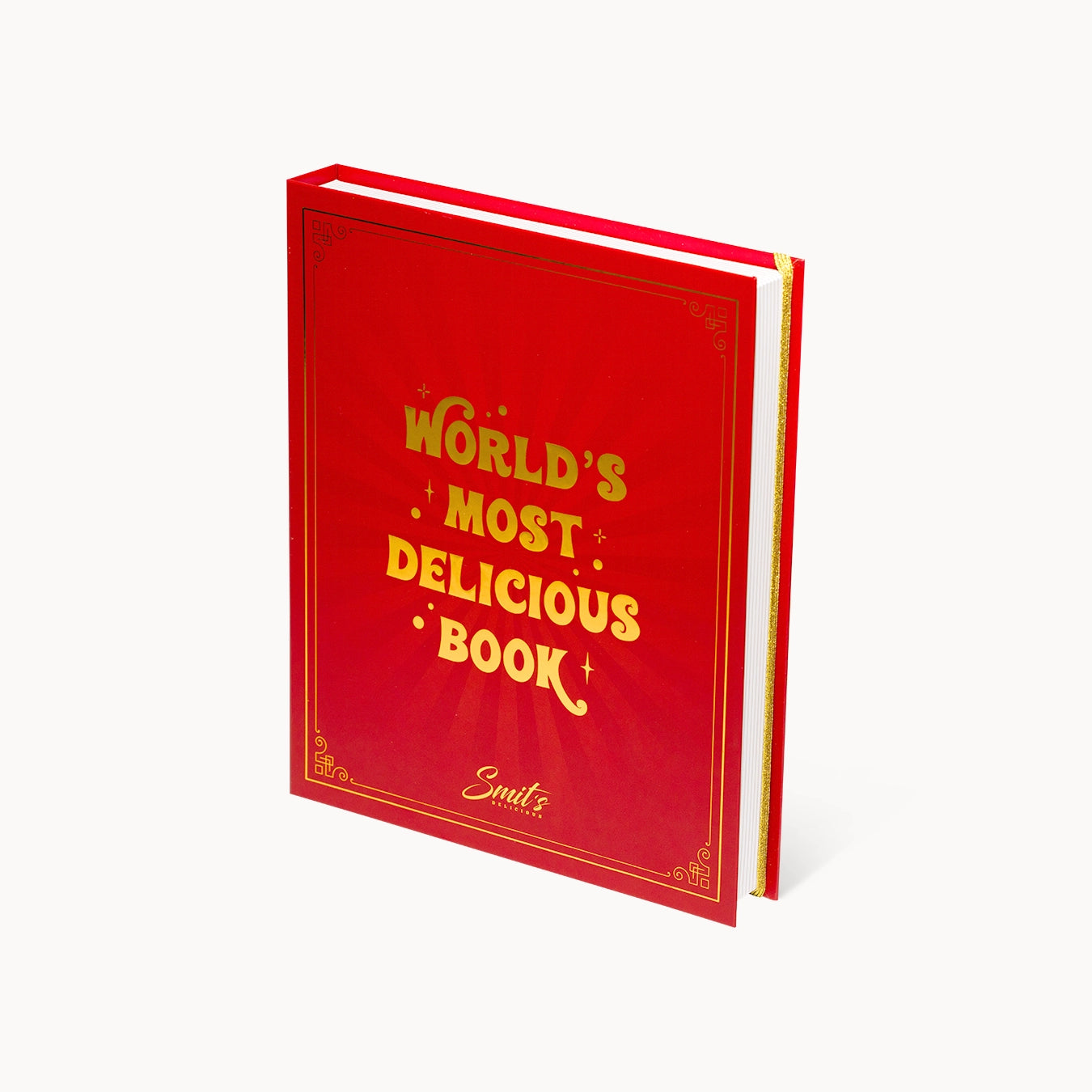Pralines are versatile treats made and enjoyed in various shapes and varieties around the world. The term "praline" can refer to a type of chocolate bonbon with a soft filling, a caramelized nut snack, or even a sweet paste used as an ingredient in desserts. The precise meaning of praline depends on the region and the culinary tradition in which it is used.
Origin and history of pralines
The history of pralines dates back to 17th-century France. The name derives from the French Marshal César de Choiseul, Count of Plessis-Praslin, whose chef created a mixture of caramelized almonds. This original recipe was called "pralin" and consisted of almonds coated with caramelized sugar.
Later, this sweet treat was ground and mixed with chocolate, leading to the creation of praline paste, a common ingredient in pastries. In Belgium, praline gained new meaning in the 20th century thanks to Jean Neuhaus, who developed the first filled chocolate bonbon in 1912. Since then, the term "praline" has become synonymous in Belgium and many other countries with a bonbon with a soft filling.
Types of pralines
Depending on the country and tradition, praline can mean different things:
-
Belgian praline
- A luxurious chocolate bonbon with a soft, liquid or creamy filling, such as ganache, praline paste, caramel, marzipan or liqueur.
- Famous Belgian chocolatiers such as Neuhaus, Leonidas and Godiva have made pralines famous worldwide.
-
French praline
- Consists of almonds or hazelnuts covered with caramelized sugar.
- It is often ground into praline paste, which serves as a base for desserts such as praline cream or chocolate fillings.
-
American praline
- A Louisiana candy made with brown sugar, butter, and pecans.
- Has a soft, fudge-like texture and is often formed into slices or rounds.
-
Praline spread
- A creamy paste of caramelized nuts and sugar, sometimes mixed with chocolate.
- Used as a filling for chocolates, pastries and desserts.
How is a praline made?
The preparation of praline depends on the variety, but some commonly used methods include:
- Caramelized Nuts: Sugar is heated to caramel, then nuts such as hazelnuts or almonds are added and then ground into a coarse or smooth paste.
- Chocolate coating: For Belgian pralines, a thin layer of chocolate is poured into a mold, filled with praline paste, ganache, or other fillings, and sealed with an additional layer of chocolate.
- American pralines: A mixture of sugar, cream and butter is boiled until it reaches the desired consistency, after which nuts are added and the mixture is turned out onto baking paper to cool.
Praline in the modern kitchen
Today, pralines are used in all sorts of forms, from bonbons and desserts to ice cream and pastries. In the chocolate world, it remains a favorite for its rich, nutty flavor and velvety texture. Whether it's a luxurious Belgian bonbon or a simple French praline cream, pralines remain a beloved treat, appreciated around the world.
What is the difference between chocolates and pralines?
Although the terms "bonbon" and "praline" are often used interchangeably, there are some important differences. A bonbon is a general term for a chocolate-covered confectionery that can be filled with a variety of fillings, such as ganache, marzipan, caramel, or fruit puree. Praline, on the other hand, refers specifically to bonbons with a praline paste filling, which is made from caramelized nuts and sugar. In Belgium, "praline" is often used as a synonym for a filled chocolate bonbon, while in other countries, praline refers to a caramelized nut mixture.
Want to know more about the precise differences? Then read our comprehensive blog post about the difference between chocolates and pralines !












